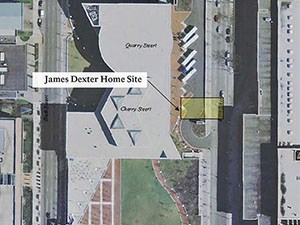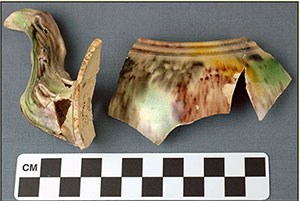Who was James Dexter?
James Oronoco Dexter was a free African American who lived at 84 North Fifth Street from 1790 until 1799. Dexter was one of at least six, free, black heads-of-households who lived on the block where the National Constitution Center (NCC) sits today.
A coachman and former slave, Dexter was considered an important member of a vibrant African community here in Philadelphia. Dexter's efforts to aid his community date as early as 1782, when he and five other free Africans signed a petition to the state government to "fence in the Negroes Burying Ground in Potters Field" (now Washington Square).
Dexter was one of the founding members of the (still active) African Episcopal Church of St. Thomas. Historical research on the site revealed new information connecting Dexter's home to the church's foundation. In 1792, Dexter hosted the first meeting in his home to arrange for the church's construction.


